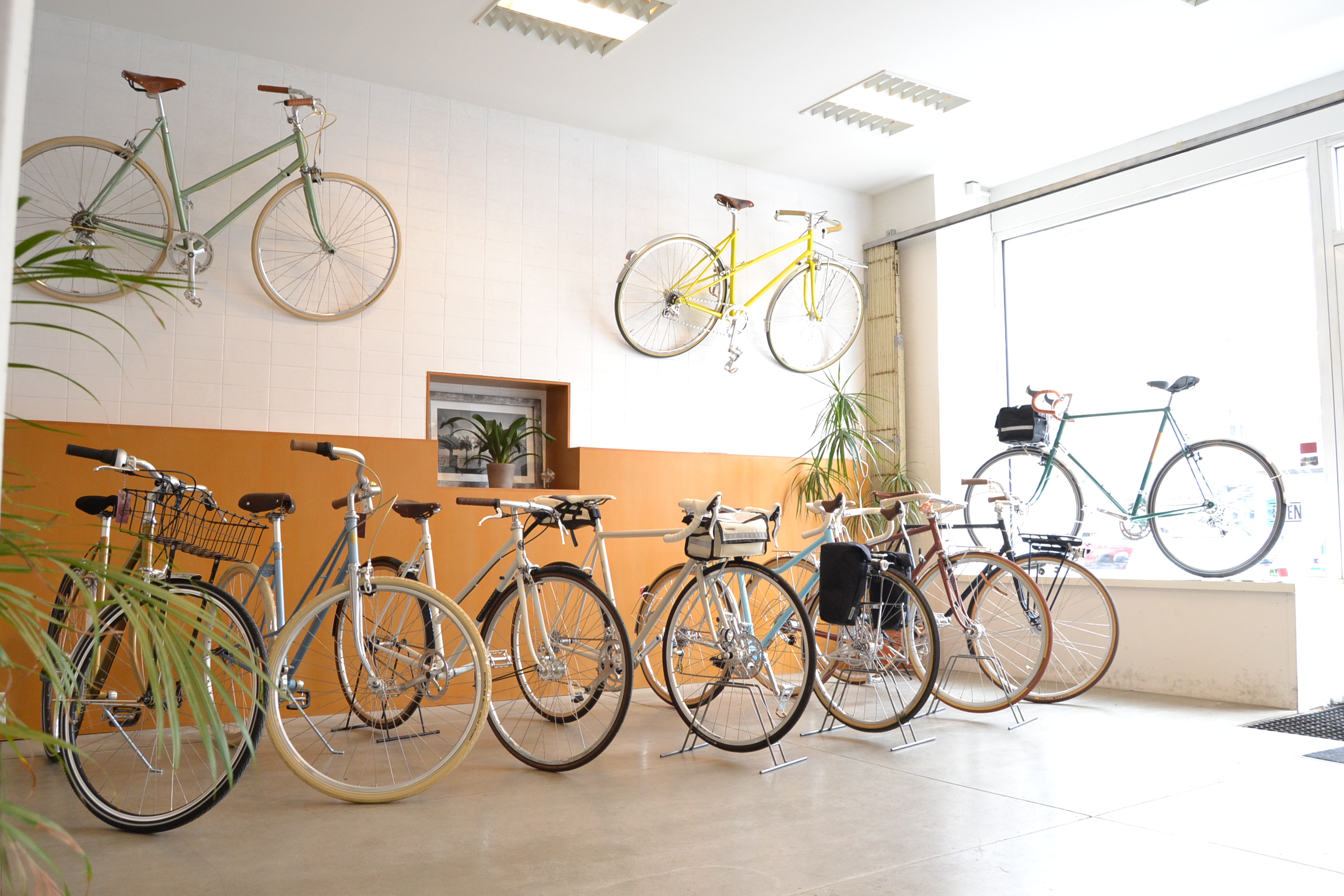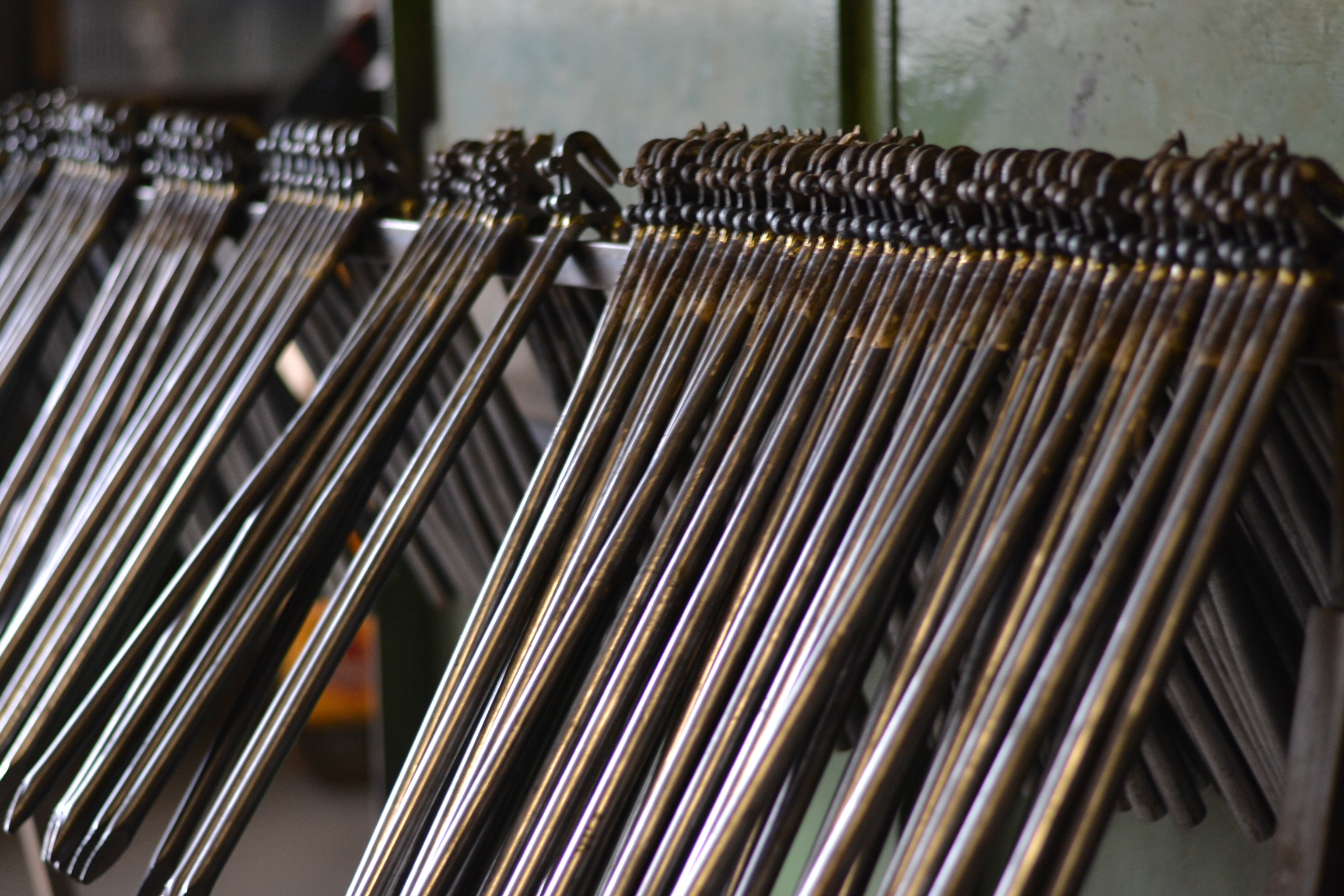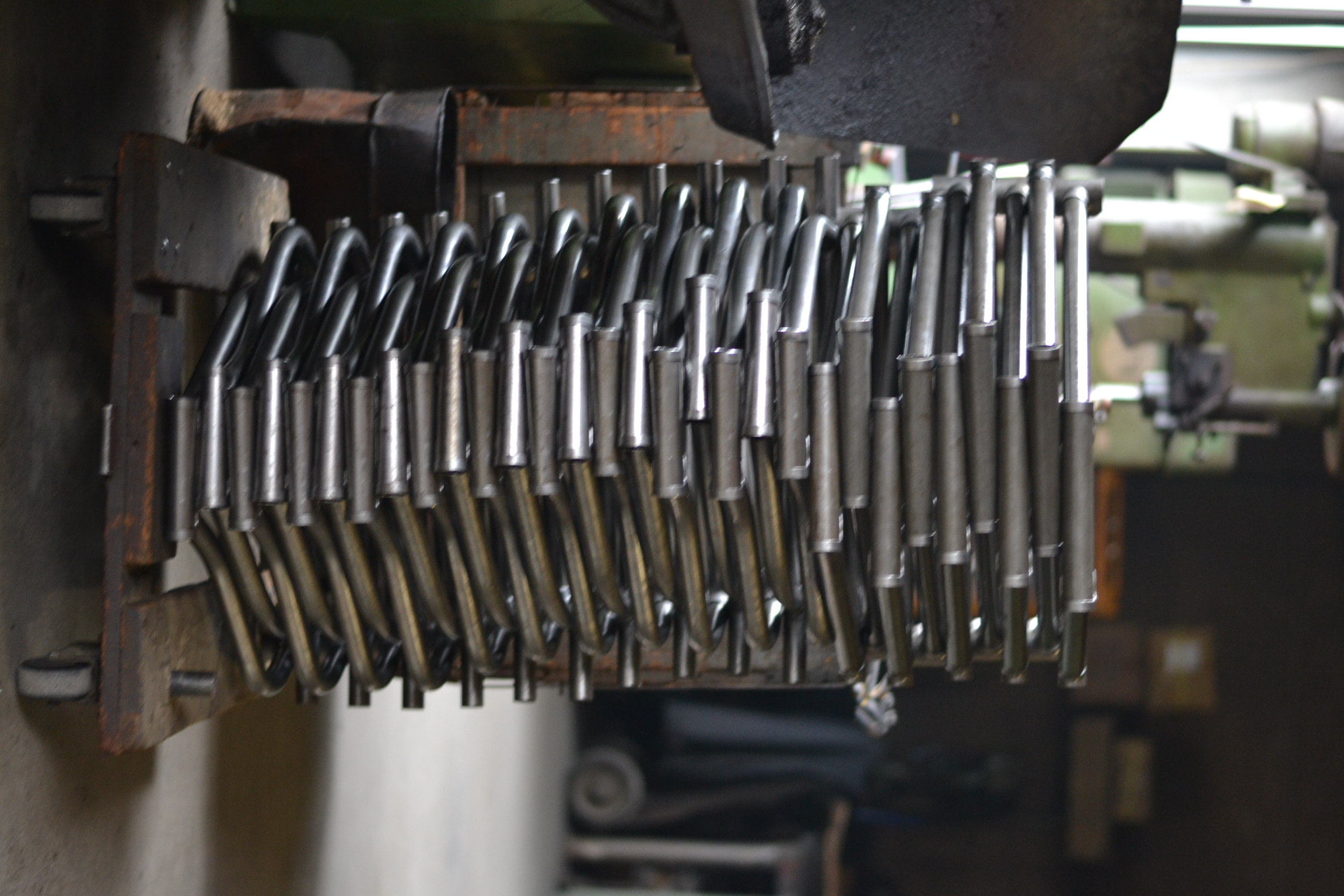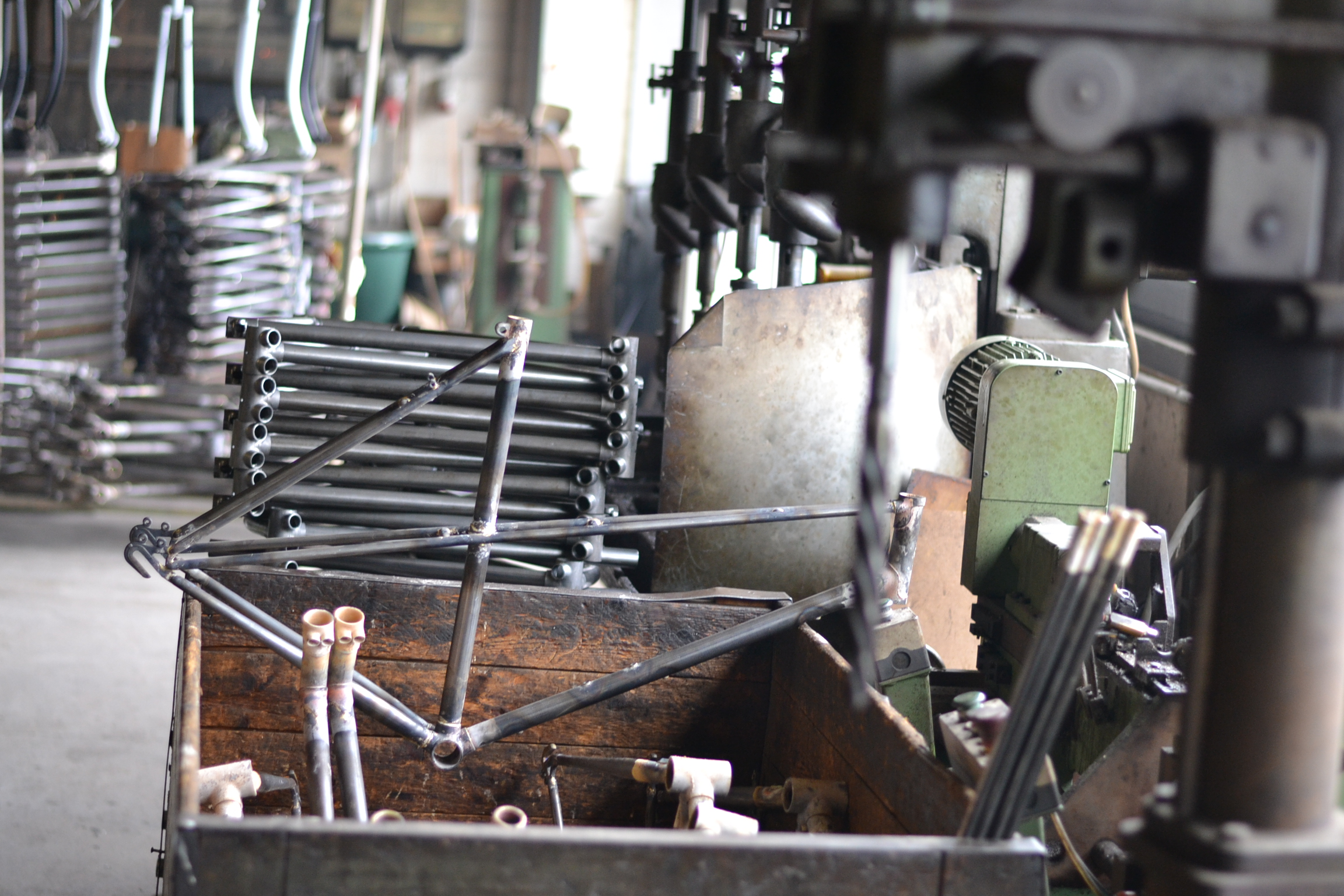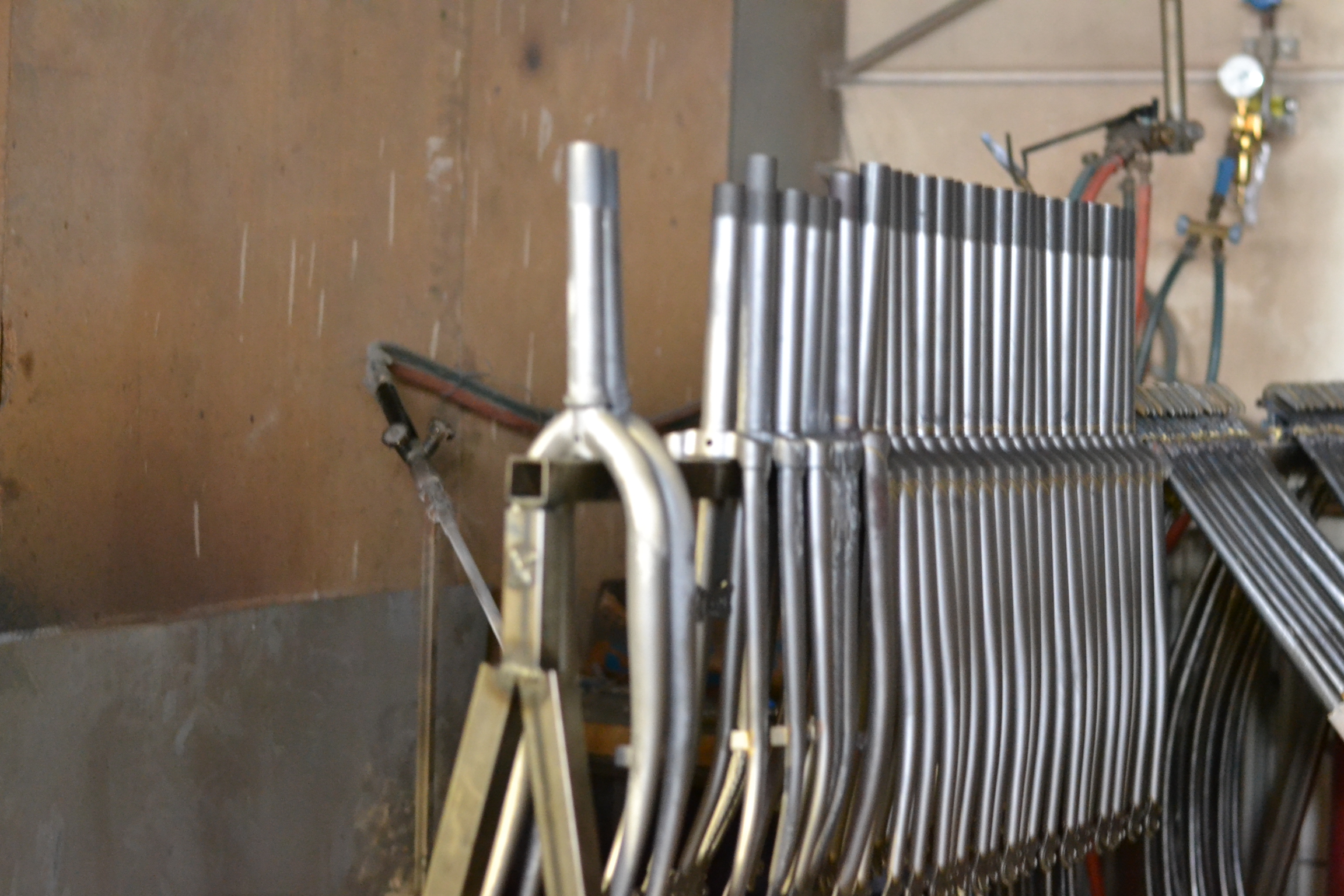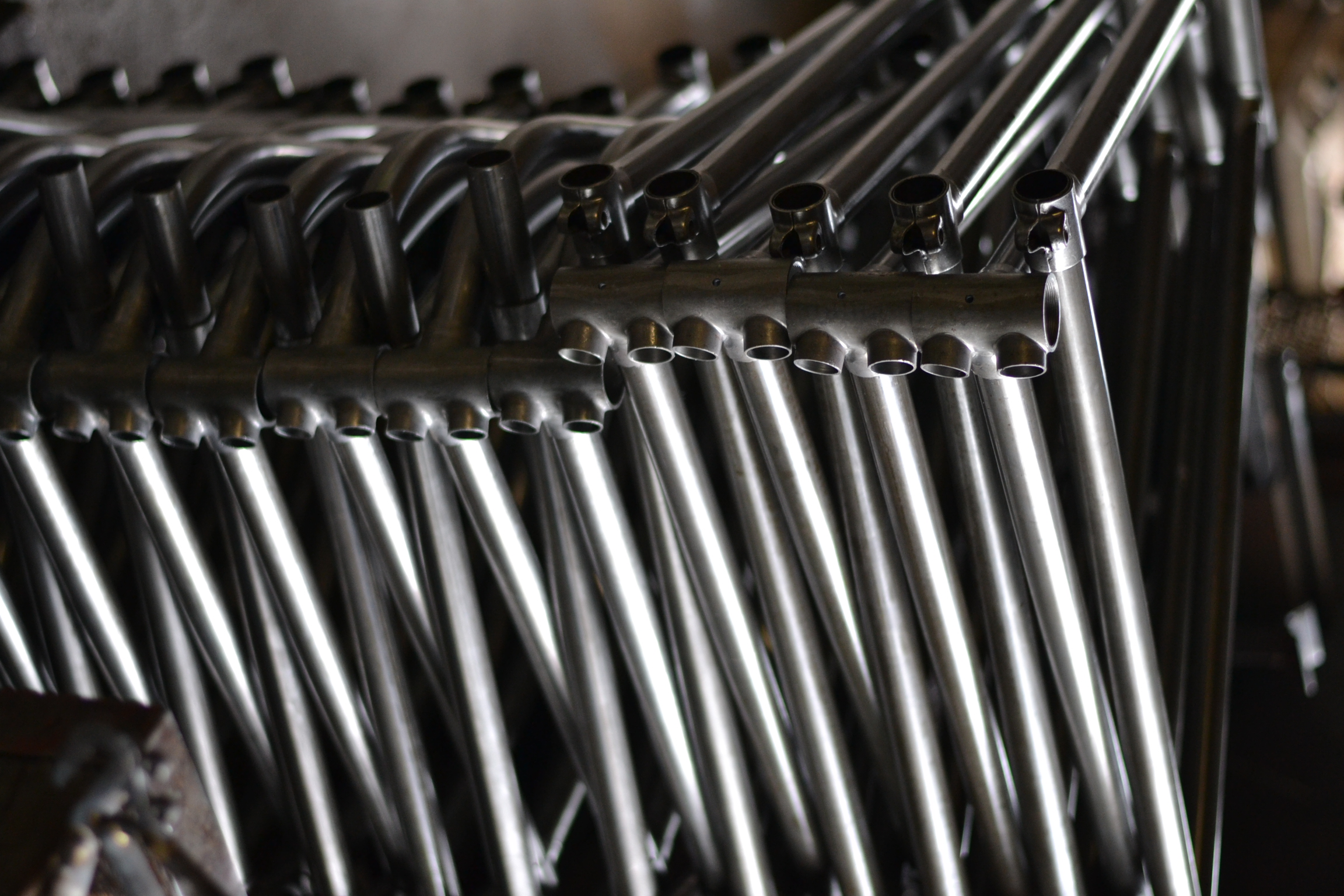Step into the Santucci Cycles showroom on Danziger Strasse, or browse the rest of this website and you’ll notice a number of different styles and designs on display. You’d be forgiven for thinking Santucci bicycles are all about refurbishing and reviving classic frames – rebuilding from classic elements into something new and fresh – but that’s only part of the story. Santucci is just as much about new bespoke bicycles – designed and executed in house. To get a sense of the different styles on offer, and how he sees his vision for the business developing, we caught up with him for a bit of Q&A.
Santucci Cycles has a well deserved reputation for reviving classic frames into new forms. What’s been the thinking about developing your own frames from scratch?
I very much love vintage frames. I mean, they certainly don’t make them like they used to. The attention to detail in the glory days was unmatched. But, the biggest issue with vintage frames is compatibility. Over the years I’ve worked with so many makes and models and learned about the nuances and intricacies of bicycles built in various countries – but it is getting harder to source the right parts, or sometimes they aren’t interchangeable, and that means there is always something different with each project and there may be limitations to what you can do.
Of course, this is also part of what makes it exciting – I’ve become a connoisseur of navigating the corners of the internet to find sellers and suppliers of various esoteric parts. However, it’s also very time consuming, so when you focus on growing something like Santucci Cycles you have to have a level of standardization. Yet more important, there are design limitations to using a frame made by someone else – the frame builder decides what components will be on it…. so using a vintage bike frame points you inevitably towards a certain result – as a designer you want to create something that serves your own vision.
There’s four new frames available now. Talk us through the options and what your goals were for each style.
Hudson:

This is my most popular frame to date, inspired by vintage roadster bikes. The vision I had in mind for this one is a well dressed person, not wanting to sweat on the way to work or riding around town, taking it easy. It’s a versatile frame, the riding position can be varied, from half racer / city cruiser to more upright. This means it’s more of a relaxed ride. It has clearance for wider tires (up to 37mm with fenders) and can be built up with internal gear hub or a derailleur system. It works great with a front porteur rack or basket too.
Brunswick:

I love single speed bikes for their simplicity and for being low maintenance. However, I wanted a bike frame that could take wider tires than a race bike and handle attachments for fenders and a rear rack as well as internal cables for dynamo lighting systems. The idea is to have a minimal city bike with a road bike geometry, but be more flexible in terms of what it offers. This frame can be built up with a single freewheel, coaster brake, or an internal gear hub, like the 8-speed Alfine from Shimano or a 3-speed from Sturmey Archer. With cantilever brakes (custom build option) it would make a great cyclocross bike as well.
Amherst:
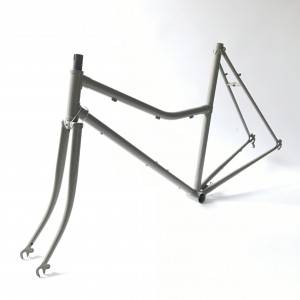
There have been countless different “step-through” frame designs over the last decades and the Meral and Mixte were always my favorite. The timeless designs are inspired by popular french bicycles from the 70s. With its sporty look, the Amherst frame was often used for woman’s race bikes in the 80s. I decided to take the same great style and just expand it a bit more. Like all my frames, this one is pretty versatile and is equally at home built-up as a city-dasher or as a weekend tourer, to your favorite spots outside the city.
Laurel:
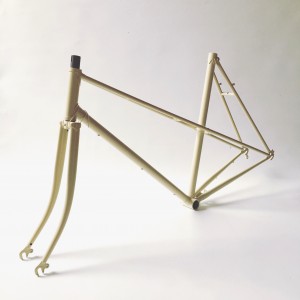
Laurel is my take on the traditional french “Mixte” frame, characterized by thin twin top tube design (say that fast 10 times). The Laurel has the same geometry as Amherst, but retains a more elegant character. Both models can be built up with either a geared hub or a derailleur system. If you’re used to a racing bike, these can also be made with tighter clearances (as pictured above), similar to the Brunswick.
What’s the process in designing a frame, and where are they being built?
The first step in designing a frame is to know how and where the bike will be ridden. Even though the basic frame design hasn’t changed so much over time, there are subtle differences in the geometry which affect the way they can perform. I design frames for city riding and the occasional trip outside in the country. So with these two considerations I wanted to design a sporty model that handles a bit quicker, and a commuter / light touring model which has provisions for rack and can handle a front or rear load a bit better.
I take inspiration from some of my favorite designs, such as 70s mid-range bikes from Raleigh or Peugeot or even 80s light touring/hybrid bikes from Miyata, Trek and Bridgestone. I measure up the old frames I like, make drafts, change some things, and go talk to the frame builder – in the end it’s the price which dictates a lot of the options. I want my bikes to be affordable, so it’s sometimes a bit of a negotiation about what is available and what can be done.
For me it’s important to have the frames made in Europe. There aren’t a lot of places left for mass producing bike frames in Europe these days, but I’m happy I have a couple of great options. Depending on the project and the needs of the customer, I’ll work with frame builders here in Germany or Italy. Once I have a clear idea about what the customer wants/needs, I’ll suggest a suitable frame, either from my standard range, or something totally different and unique.
Both frame builders are little family run businesses that had their heyday in the 70s, supplying frames to larger manufacturers, but once cheaper options from Asia became available, they have had to slim down production. It’s important for me to support these businesses and develop these relationships with some of the original craftsmen of the bike world. With my German builder, I went to visit the workshop and discussed some ideas over coffee. I was really impressed by his workshop. There were hundreds of steel tubes and frame parts lying around. See Gallery below.
How do you see the line developing in the future?
I’m still working out which designs satisfy my requirements for a good all-around bike. I’ll probably continue experimenting with this for a while. Next year I’m introducing a follow-up to my Randonneur light touring / commuter frame that I made a few years ago. I already have a prototype, but I need to change some things. It’s a versatile mix of a vintage cyclo-touring frame with some modern design elements to enable compatibility with wider range of newer components.

